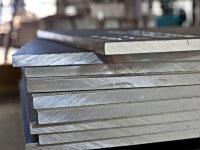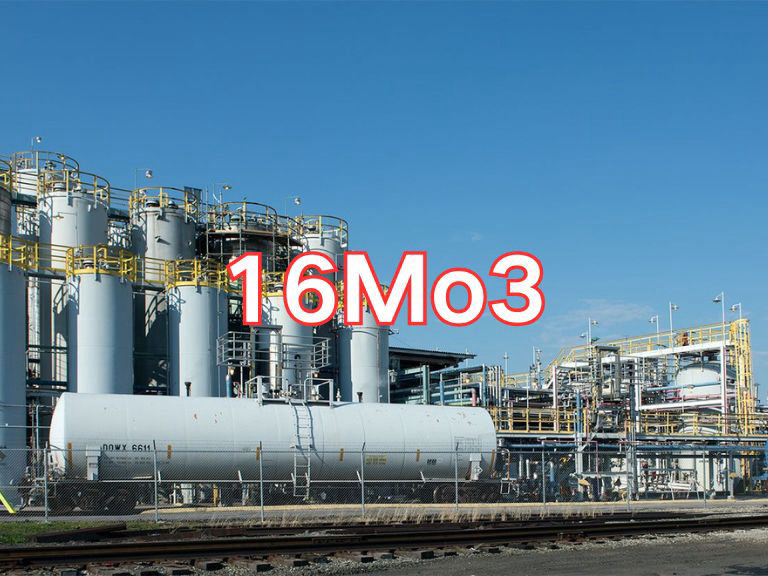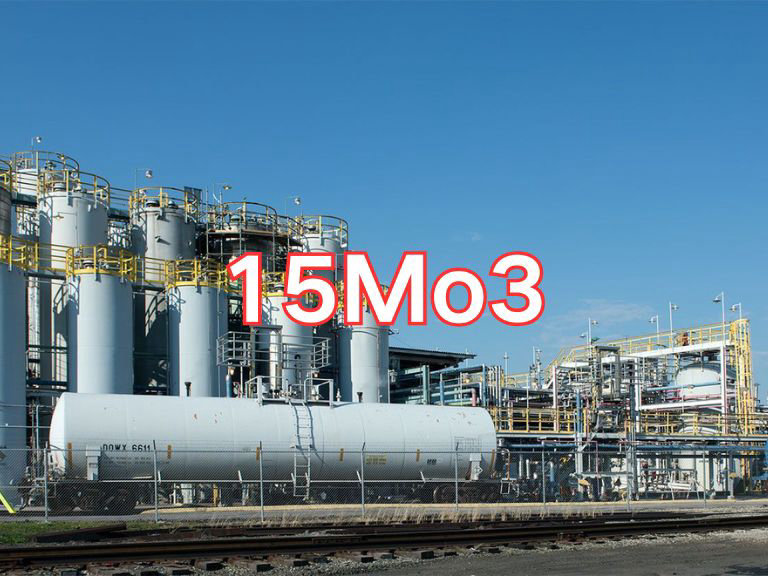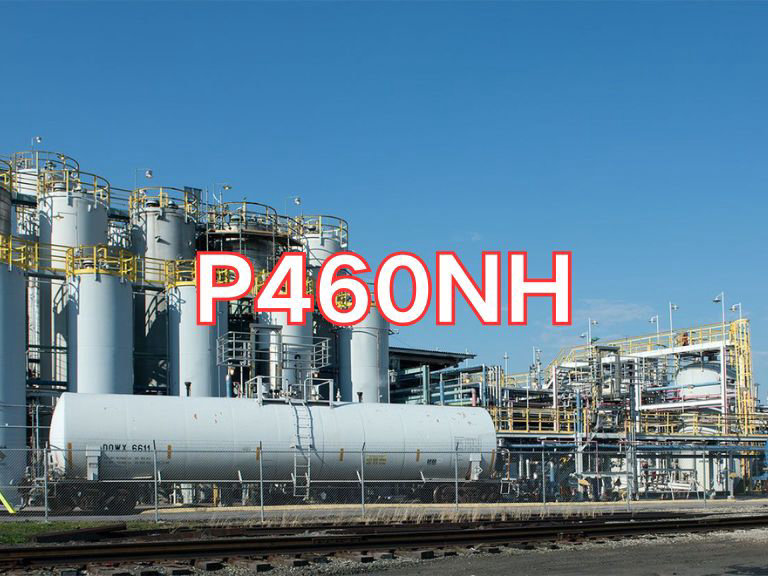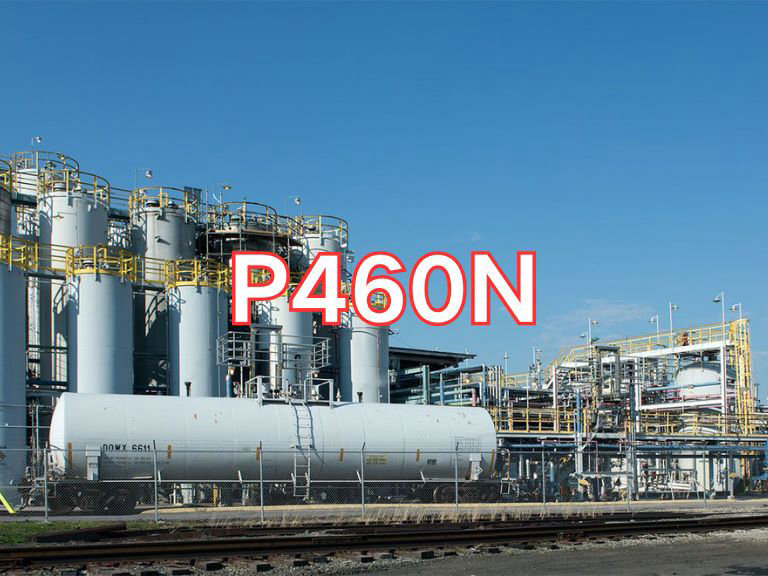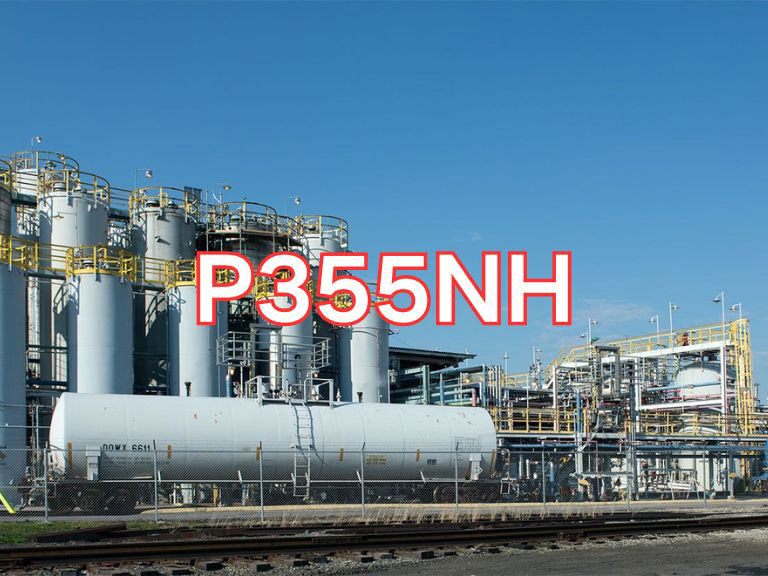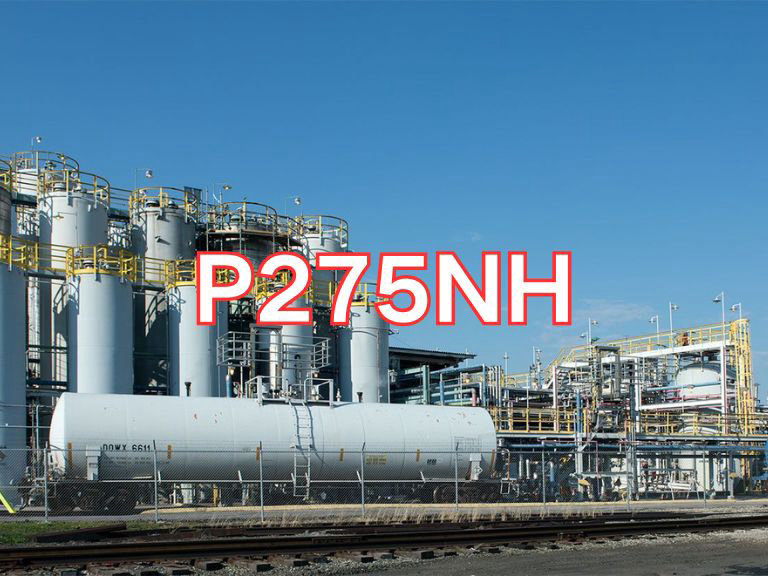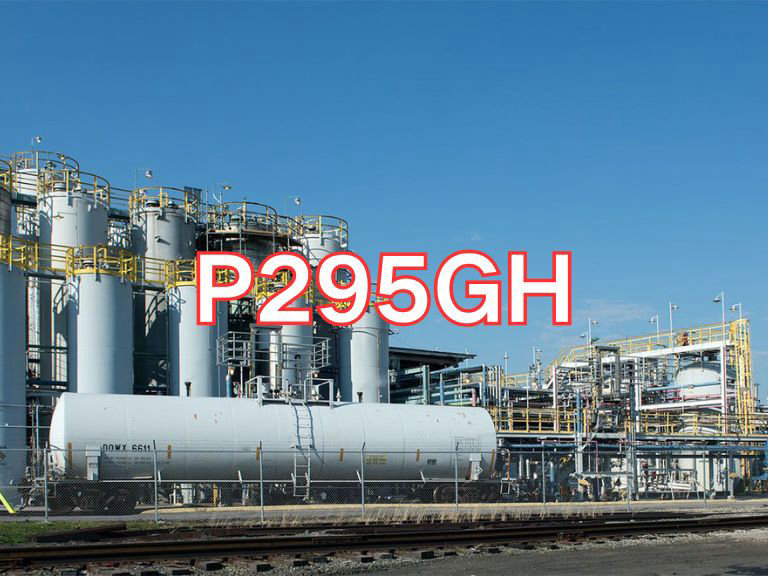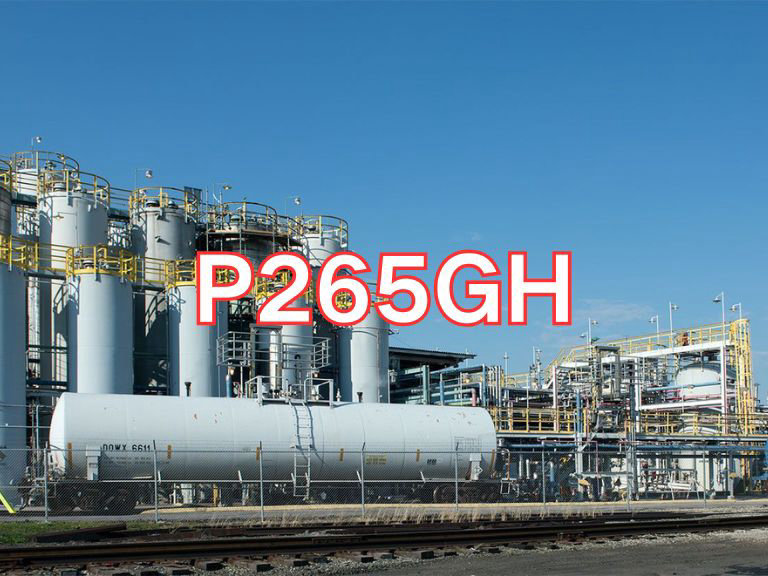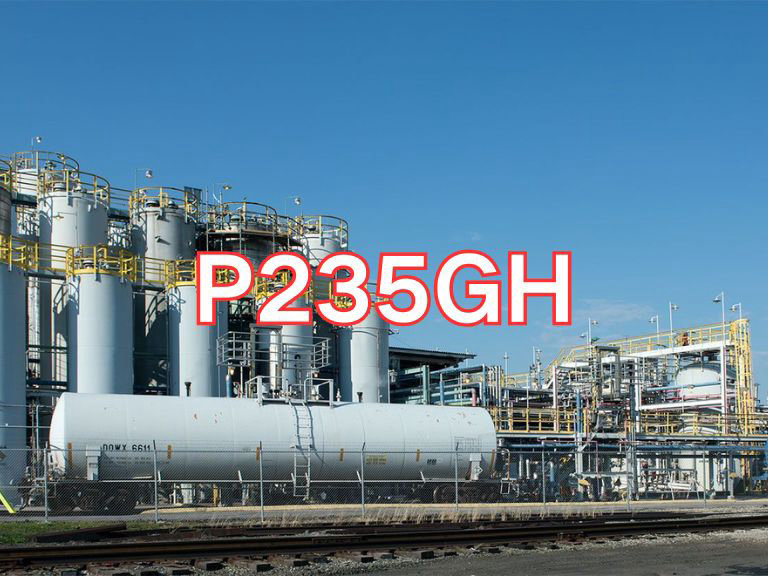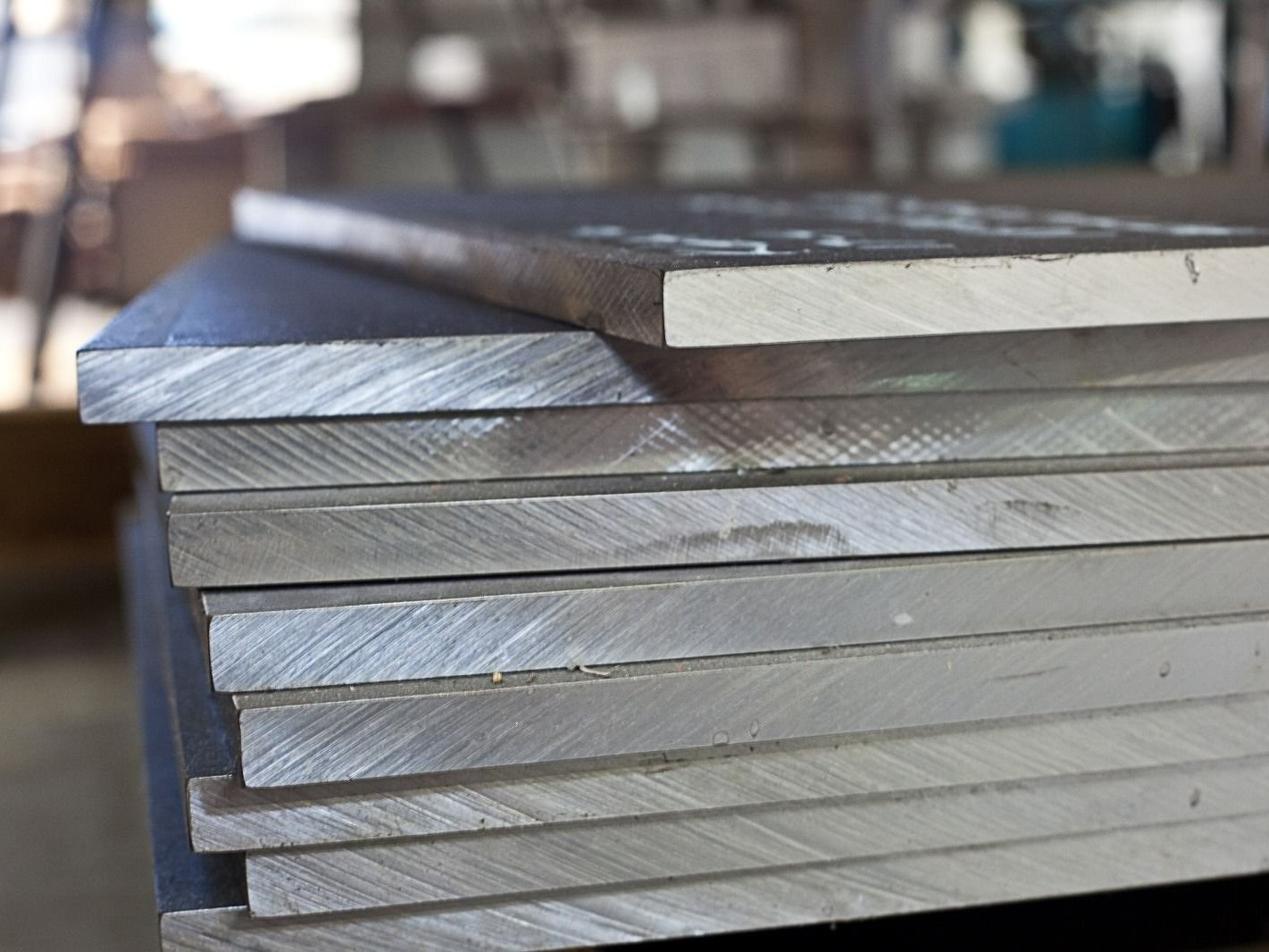

Q245R
1. Brief Introduction
Q245R is a high-strength low-alloy steel plate for pressure vessels, widely used due to its excellent comprehensive mechanical properties, workability, and high safety. It is a classic grade from the Chinese National Standard GB 713 "Steel Plates for Boilers and Pressure Vessels," commonly used for manufacturing shells and heads of medium-low pressure vessels.
2. Grade Designation Explanation
- Q: Stands for "Qū", the first character of "Yield Strength" in Chinese, from the Hanyu Pinyin system.
- 245: Represents the minimum yield strength value (in MPa) for plates with a thickness of ≤ 16mm, i.e., 245 MPa.
- R: Stands for "Róng", the first character of "Pressure Vessel" in Chinese.
3. Physical Properties
Typical physical properties of Q245R at room temperature include:
- Density: Approximately 7.85 g/cm³
- Elastic Modulus: Approximately 201 GPa
- Poisson's Ratio: Approximately 0.3
- Thermal Conductivity: Approximately 47.0 W/(m·K) (at 100°C)
- Coefficient of Thermal Expansion: Approximately 12.0 × 10⁻⁶ /K (between 20-100°C)
Mechanical properties (such as tensile strength, impact energy) must meet different standard requirements corresponding to different plate thickness grades.
4. Chemical Composition (Ladle Analysis, %)
The chemical composition of Q245R is designed to ensure good strength, plasticity, and weldability, with strict control of harmful elements. Its typical composition range is as follows:
- C (Carbon): ≤0.20
- Si (Silicon): ≤0.35
- Mn (Manganese): 0.50~1.00
- P (Phosphorus): ≤0.025
- S (Sulfur): ≤0.015
- Als(Acid-Soluble Aluminum): ≥0.020
Features: Low carbon content ensures good weldability and toughness; low phosphorus and sulfur content improves steel purity and ensures good low-temperature impact toughness.
5. Application Fields
Q245R is primarily used to manufacture welded pressure vessels with low working pressure and service temperatures between 0°C and 400°C. Typical applications include:
- Reactors, heat exchangers, separators, and storage tanks (drum shells) in the petrochemical industry.
- Liquid nitrogen and carbon dioxide storage tanks in the gas industry.
- Fermentation tanks and storage tanks in the pharmaceutical and food industries.
- Air receivers, water treatment equipment in the construction industry, etc.
6. Testing and Production Methods
Production
Typically produced by basic oxygen or electric arc furnace smelting, followed by secondary refining (e.g., LF refining) and vacuum degassing to ensure purity and homogeneity. The rolling process employs controlled rolling, and normalizing heat treatment (NR, N condition) is applied if necessary to refine the grain structure and improve mechanical properties.
Testing and Inspection
Strict inspections must be carried out before delivery, mainly including:
- Mechanical Property Tests: Tensile test (measuring yield strength, tensile strength, elongation), Charpy V-notch impact test (typically required at 0°C or 20°C).
- Non-Destructive Testing: Ultrasonic inspection (according to order requirements, divided into different classes).
- High-Temperature Tensile Test (if required): Used to verify the strength characteristics of the material at design temperatures.
7. Corresponding/Similar Grades in International Standards
Q245R is generally equivalent or similar to commonly used international grades for pressure vessel steel plates, though slight differences in specific chemical composition and mechanical properties may exist and should be compared against the respective standards.
American Standard (ASTM/ASME): SA-516 Gr. 60 or SA-516 Gr. 65. Most equivalent; specific choice depends on thickness and property requirements.
European Standard (EN): P265GH (EN 10028-2). This is a common European grade for pressure vessel steel, with properties very similar to Q245R.
Japanese Standard (JIS): SB410 or SB450.

Ultrasonic Testing (UT)
A key non-destructive testing technique that uses high-frequency sound waves to detect internal flaws in steel plates. The probe emits sound waves, which reflect when encountering defects such as cracks or inclusions. The receiver captures the echoes, enabling precise determination of defect location and size. With high sensitivity, strong penetration, and fast inspection speed, UT effectively ensures internal quality, widely used in the production of heavy plates, pressure vessel plates, and other high-end products to guarantee safety and reliability.

Magnetic Particle Testing (MT)
A common surface inspection method that magnetizes the workpiece, causing leakage magnetic fields at surface or near-surface defects like cracks or inclusions, which attract magnetic particles to form visible indications. Simple to operate and highly sensitive, MT is suitable for rapid inspection of surface and near-surface flaws in ferromagnetic materials, widely used for online or offline inspection of plate edges, ends, and welds, ensuring product quality and safety.

Penetrant Testing (PT)
A non-destructive method for detecting surface-breaking flaws. A penetrant liquid is applied to the cleaned steel surface, allowing it to seep into defects such as cracks or pores. After removing excess penetrant, a developer is applied, causing the trapped penetrant to bleed out and form visible indications. Simple and cost-effective, PT is suitable for inspecting surface defects in various non-porous materials, commonly used for welds, castings, and complex components, effectively ensuring surface quality of steel plates.

